Setting up an effective classroom environment for CALS & FALS and other humans.
by Denise Webster

1. Lighting. Standard florescent lighting can bother students' vision and hearing. Have adaptations made for all or have alternative, softer lighting available.
2. Create a drawing media bar. Students with sensory issues may not like working with chalk pastels or oil pastels. Others may only want to use one type of material. Gives students a choice of media to avoid meltdowns.
3. Create a sensory area. Create a space where kids can take a break to look at a book, play with putty, handle fidgets, etc.
4. Alternative Seating. Provide a range of seating alternatives. Some students need more stability, others need more ability to move. Don't be afraid to experiment!
5. Bean bag chairs
6. Floor mats
7. Keep classroom walls simple and not visually crowded. Many teachers make the mistake of visually overstimulating the students. Color code to help students identify important areas.
8. Keep overall classroom design neat.
9. Choices are important.
10. Lower level lighting.
11. Use duct tape to establish visual boundaries for students. Set off limit areas like areas near the kiln apart visually for students. Also can be used to create a "runway" area for students who need to get up an move without disturbing others.
12. Get a Time Timer. Individuals on the Autism Spectrum have no concept of time. The Time Timer gives a visual cue that class is almost over. As time elapses, the red on the timer disappears.


